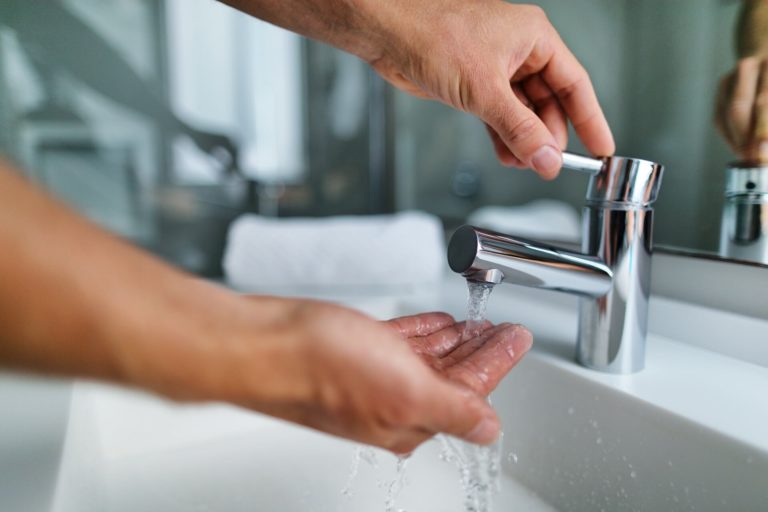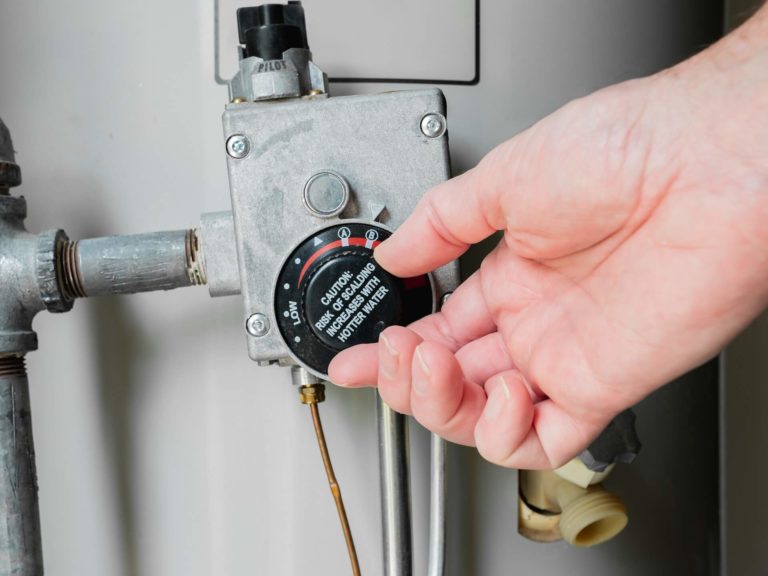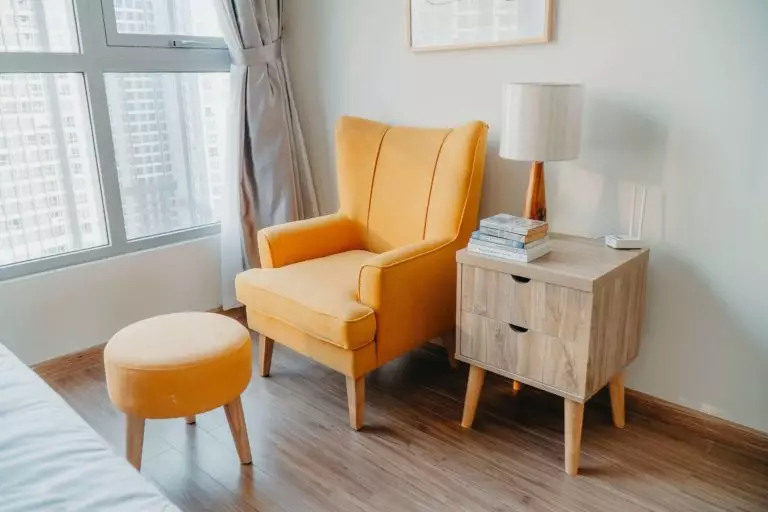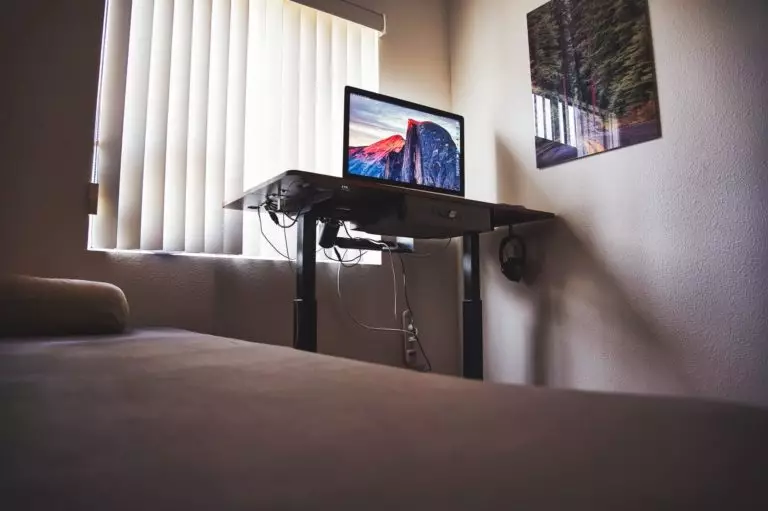
Since it’s always been a part of your daily routine, it’s easy to forget about your water heater. Every day, hot water flows through your home just like it had the day before. However, as your water heater does its job, it also uses valuable energy.
Did you know that heating water accounts for a significant portion of the average home’s energy budget? With such a large part, you want to make sure that your water heater is operating as efficiently as possible.
This post shares some tips on how to make your water heater run as efficiently as possible and extend its life. Continue reading to learn more.
1. Install high-efficiency unit
Investing in a high-efficiency unit is the most obvious way to improve water heater efficiency– whether you’re thinking of replacing your old water heater or looking for the best water heater for your new home.
Even if you follow all maintenance routines for your existing unit, you can’t make up for the high cost associated with a heater with a low-efficiency rating. Always look for the Energy Star label to ensure that the next unit you install in your home has a high-efficiency rating. In general, these water heaters have an Energy Factor of up to 0.67 or higher.
Luckily, companies like Boutique Home Plans also provide information and specifications on choosing the right water heater for new home construction.
2. Consider a tankless water heater
If you’re thinking of buying a new water heater, aside from a high-efficiency rating, consider opting for a tankless water heater.
In general, the tank of a water heater should be routinely flushed out to prevent the buildup of calcified sediment inside. Yet you can avoid this issue by choosing a tankless water heater.
A tankless water heater only turns on when the hot water runs through them, then shuts off when you no longer need hot water. This makes the tankless water heater the most efficient water heater type available on the market.
3. Dial down your thermostat
Most homeowners don’t realize it, but their water heater has a thermostat. This thermostat tells the heater system how much water it needs to heat in the tank. A hotter setting means the water heater takes longer to run and requires more power to heat water.
So, just like with your heating, ventilation, and air conditioning (HVAC) system, by lowering the thermostat on your water heater, you can significantly reduce your energy bills. When you dial down the temperature of your water heater, it’s estimated that you can save up to three to five percent on your water heating costs annually. That could equate to a significant amount of money–all just for turning a knob.
In general, water heaters are pre-set between 130°F -140°F. This temperature range is far too warm for human skin according to medical professionals. This is particularly harmful to young kids because they’re at risk of scalding. Experts recommend setting the thermostat at 120°F.
4. Check your tank’s sediment and drain regularly
As mentioned earlier, a common problem with tanked water heaters is built-up sediment. So, if you live in an area with hard water, then the minerals in the water can impact the efficiency of your water heater.
When water is heated, the minerals crystallize and settle at the bottom of your water heater. Day by day, they accumulate and create sediment which reduces efficiency and slows down your water heater over time. The extra work eventually results in extra pressure in the tank, causing overheating and even rupturing.
To remove sediment, you need to drain your tank and flush it out with cold water. Experts recommend doing these at least once a year.
Flushing your water heater is a simple project that you can do on your own if you have the right tools. But before flushing out your water heater, always consult your owner’s manual. In general, you simply need to disconnect the energy source and close the water supply valve. Then, you need to attach a hose to the unit’s drain valve to flush water outside your home or in a large bucket.
5. Use less hot water
One of the most obvious solutions to improve your water heater’s efficiency is to use less hot water. Reducing hot water usage, which means quicker showers, fewer baths, cold water laundry loads, and more are simple and effective solutions that can add up to greater savings.
If you want to take it further, consider adding efficient and trendy faucet attachments and showerheads. Replacing your current plumbing fixtures with more water-efficient, low-flow alternatives can help reduce the amount of hot water you use.
6. Insulate water heater tank and pipes
It’s easy for your water heater and pipe to lose heat, especially during the winter months. Worry not for it’s natural, but it also prevents your water heater from being energy efficient.
When the tank and pipes lose heat, the water heater needs to heat more water to compensate. The more water it heats, the harder and longer it runs. Thus, the longer it runs, the more power it consumes.
By insulating your water heater and the pipes that run through exposed areas of your home, you can prevent unnecessary heat loss and increase its efficiency. An insulated tank and pipes can hold heat longer and raise the water temperature on their own.
Insulating pipes is a relatively simple project once you’ve done your research and taken the right measurements. In general, you can find insulation blanket kits for water heaters on the market.
Conclusion
Inefficient water heaters don’t perform as well as they should and can cost you more money. It’s a lose-lose situation. Fortunately, improving the efficiency of your water heater is quite easy. So, make sure to follow the above tips to ensure that your water heater is running as smoothly as possible and avoid costly unit repairs. Take note that the above mentioned tips won’t just help you save on electricity bills during the winter–they’re also cost-effective and reliable steps that you can take every day to ensure energy and performance efficiency throughout the year.




